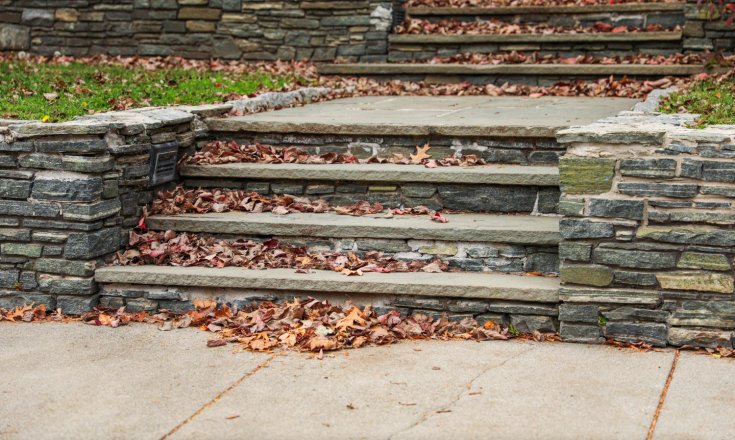Steep, unruly slopes pose a challenge for both safety and curb appeal. It's a common issue for property owners that calls for a practical yet stylish solution. At Garrett Precast, our retaining walls provide the perfect combination of functionality and design. Keep reading to learn about the essentials of retaining walls, as well as maintenance tips to ensure longevity.
The Basics of Retaining Walls
Retaining walls are much more than just decorative features. They play a critical role in preventing soil erosion, managing water runoff, and transforming challenging landscapes into usable spaces. These structures provide a barrier that holds back the earth, creating a stable and level area. The mechanics behind retaining walls are fascinating. They counteract the lateral pressure of soil, a force that increases with the slope's steepness and the weight of the soil.
Types of Materials Used in Retaining Walls
When selecting materials for constructing a retaining wall, it's important to weigh your options. Here's a breakdown showing why precast concrete is often the top contender:
- Precast Concrete Blocks: They offer a modern style and are incredibly versatile in shape and size. Plus, they come pre-made, ensuring uniform quality and reducing on-site labor.
- Poured Concrete: While poured concrete is strong and suitable for taller walls, it lacks the convenience and precision of precast blocks. The on-site pouring process can be more labor-intensive and less consistent in quality.
- Stone or Brick: Stone and brick may offer a classic look, but they fall short in terms of ease of installation and uniform strength. The requirement for skilled craftsmanship for proper installation also adds to the complexity and cost.
- Timber: Timber provides a natural appeal but is limited in durability and suitability, particularly for larger projects. Its performance pales in comparison to the strength and longevity of precast concrete blocks.
Design Considerations for Effective Retaining Walls
Designing a retaining wall involves careful planning and engineering. The height of the wall, soil type, and intended use of the retained area are critical factors. Additionally, incorporating features like steps or terraces can enhance its functionality and improve the overall look of your outdoor space. It's also important to consider local building codes and regulations, as they may dictate certain aspects of the design and construction process.
The Importance of Drainage in Retaining Wall Stability
Drainage is a vital yet often overlooked aspect of retaining wall construction. Proper drainage systems prevent water accumulation behind the wall, which may lead to increased pressure and potential failure. Options, like weep holes, drainage pipes, and gravel backfill, can effectively manage water flow and ensure the wall's longevity.
Maintenance Tips for Long-Lasting Retaining Walls
If you want your retaining wall to stand the test of time, regular maintenance is key. This includes:
- Inspecting the wall for cracks or bulges, which could indicate structural issues.
- Keeping drainage systems clear of debris.
- Addressing any vegetation growth that might weaken the wall over time.
- Seasonal checks, especially after extreme weather conditions.
Do You Need Precast Concrete Retaining Walls for Your Property?
A well-designed and appropriately installed retaining wall is a smart investment in both the safety and value of your property. At Garrett Precast, we specialize in crafting retaining walls that will help you bring your perfect landscape design to life. Our commitment to quality material selection and design, makes us the ideal partner for your next project. Contact our office to learn more or to schedule a consultation.



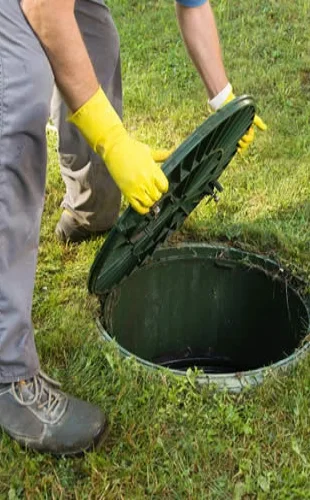

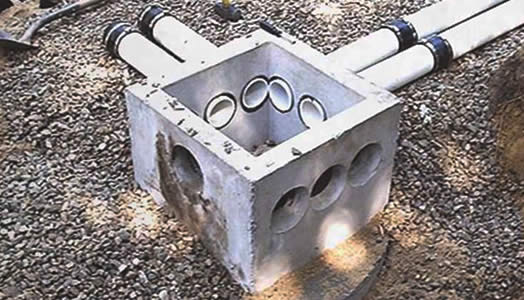



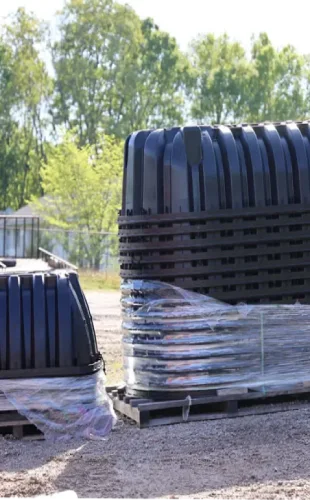



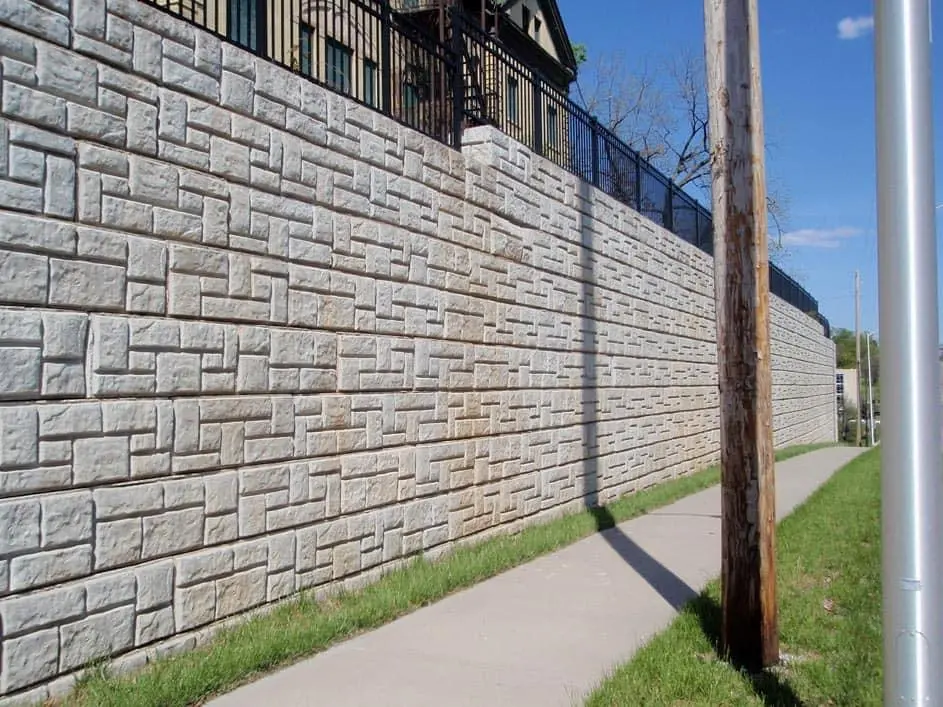



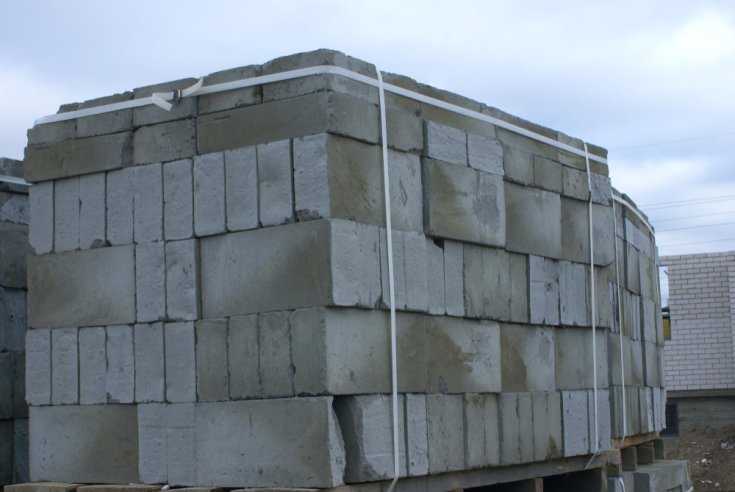
.webp)
